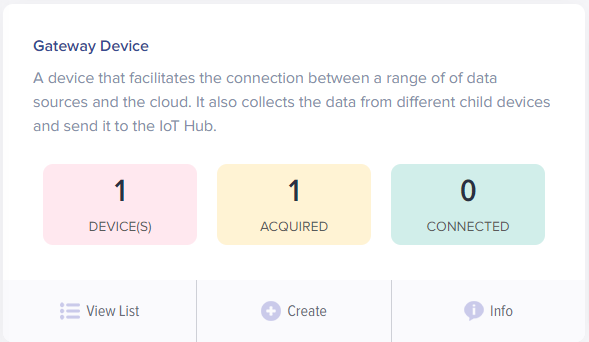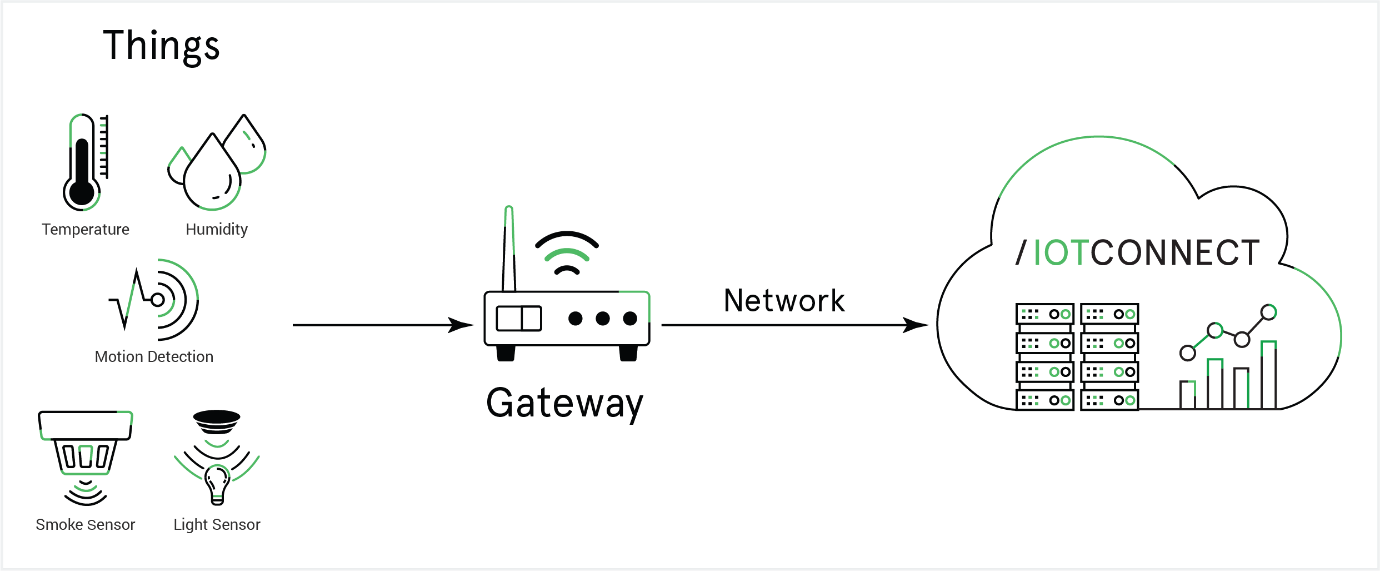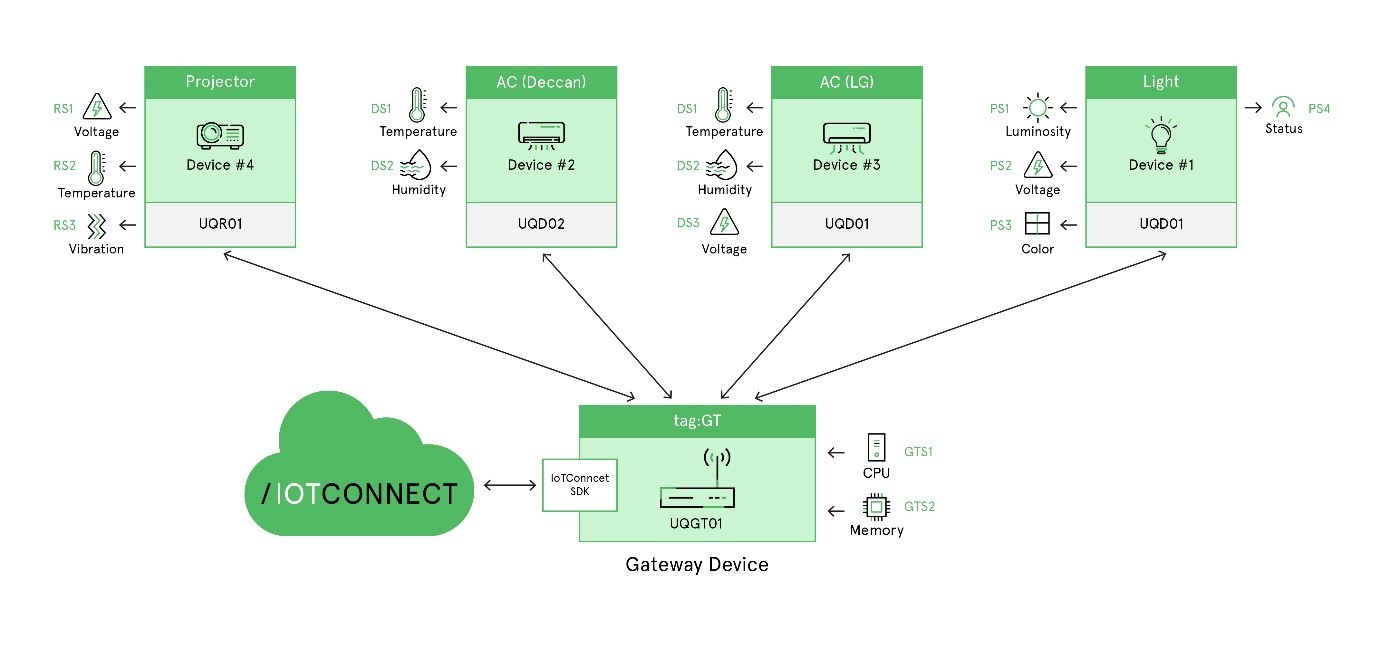Overview
IoT gateways play a vital role in the convergence of IT and OT. As popularly understood by the world, IoT is a technology that connects ‘things’ to the Internet. These things often cannot connect to an IoT platform on their own. In such cases, IoT gateways help devices to intersect or connect with the network, cloud, or data center. These gateways can either be dedicated hardware or software programs.

(Screen: Gateway Device)
Imagine a connected office environment. Several sensors will be associated with equipment like lights, HVAC system, security systems, CCTVs, etc. The sensors are used to capture data like:
• Temperature
• Luminosity
• Noise
• Position of people and equipment
• Particles in the air
Each device uses different protocols like Wi-Fi, Bluetooth, and Ethernet to connect to the network. They relate to different control environments and have other models for management and security. Some of these sensors or controllers might use low energy and not support energy-intensive protocols like Wi-Fi and Bluetooth, which may affect their connectivity.
IoT gateways come in handy in such situations. They help in provisioning critical functions like:
• Device connectivity
• Protocol translation
• Data filtering and processing
• Security management

(Screen: Gateway Device)
Use case
Let’s say we are building a smart conference room with multiple air conditioners, lights, and projectors. These devices are not capable of sending data directly to the cloud. So, you need to add a gateway device capable of receiving data with different protocols like Bluetooth, Infrared, etc. The gateway device comes in the middle of an application that communicates with the legacy device and sends it to IoTConnect.

(Screen: Gateway Device Flow)